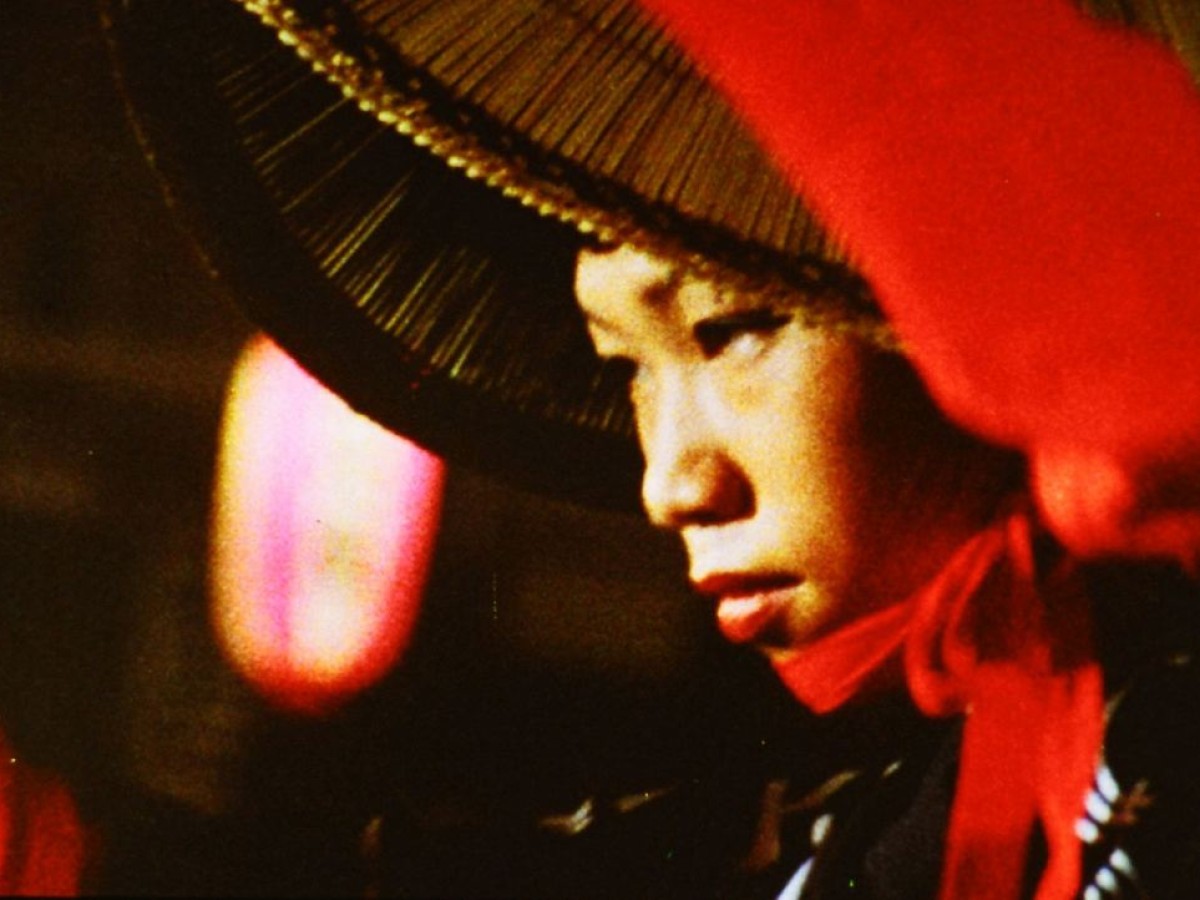Chris Marker
May 5 to 31, 2007
The work of French filmmaker Chris Marker has played a decisive role in the development of modern cinema. For more than five decades Marker has engaged in a poetic analysis of contemporary history and the relations between images and memory. Without ever becoming a public figure, he created groundbreaking documentary films and cinematic essays.
Marker’s work ranges from the early science fiction masterpiece La Jetée (1962) and Le Joli Mai (1963), a cornerstone of Cinéma Vérité, to a radical history of the New Left, Le Fond de l’air est rouge (1977/93), the renowned essay film Sans Soleil (1983) and an interactive CD-ROM entitled Immemory (1997).
Even though his name is often quoted in the worlds of film and art, the majority of Marker’s films are hardly known, not even among cinephiles. In order to actively counterbalance this deficit the Austrian Film Museum is staging one of the biggest presentations yet of Marker’s oeuvre.
The retrospective offers 35 films by the artist, two lectures by renowned film scholars Raymond Bellour and Thomas Tode, and a selection of films by other artists which shed additional light on Marker’s conception of cinema (i.e. Alfred Hitchcock, Andrej Tarkovskij, Alain Resnais, Kurosawa Akira and Aleksandr Medvedkin).
Marker, born in 1921 as Christian François Bouche-Villeneuve, is often cited as the inventor of the cinematic essay. The term also refers to his beginnings when, after studying philosophy and working as a photographer, writer and film critic, he entered the film world through his friendship with Alain Resnais. Together with Resnais he shot his first short film Les Statues meurent aussi (1950-53).
From the very start he was also an activist of the cinema: Focusing primarily on political and social issues, Marker, Resnais, Henri Colpi and Agnès Varda formed the “Rive Gauche” group (as opposed to Rohmer, Rivette and Godard who were deemed the “Rive Droite”). Marker also acted as one of the founding members of the “Groupe des Trentes”, passionately defending the young “cinéma des auteurs” against political interventions.
Marker’s filmic vocabulary was developed “on the road”. His unusual travelogues earned him the reputation of a “Montaigne with a camera”, brilliantly questioning all the rules relating to off-screen commentary in documentary film. As one of the first western filmmakers to travel to the Soviet Union, China and Cuba towards the end of the 1950s, he also steadily reflected on the methods of critical political filmmaking.
Marker became the driving force behind the pamphlet films of May ’68 and the omnibus feature Loin du Viêt-nam (1967), a collaboration between several of his filmmaking colleagues. During the following years, he made films mostly under the sign of counter-information (through the SLON collective which he co-founded), and then assembled the masterpiece Le Fond de l’air est Rouge – an epic compilation film about the leftist movements of the 1960s and 70s and their aspirations for social change.
More than most other filmmakers of his generation, Marker capitalizes on technical innovations: he was one of the first documentarists to experiment with synthetic sounds and electronic or digital imagery. Early on his interest turned to video games; he also created highly touted art installations such as Zapping Zone or Silent Movie.
In its totality, Marker’s work almost approaches a media history of the past century: in the 40s and 50s he wrote poetry, essays and a novel; he then published magazines, travel guides and photo books that resembled films (while making films of nothing but still photographs); he worked with 16mm and 35mm film, early video formats, S-VHS and High-8 and Digital Video.
In the late 1990s he produced the interactive CDROM Immemory, an exemplary work dealing with autobiography in the age of hypermedia. For 60 years Chris Marker’s work has straddled the zone where personal lives and the collective memory of humankind meet – a genuine auteur of cinema, a political animal, and one of the godfathers of today’s subversive use of media as counter-culture.
